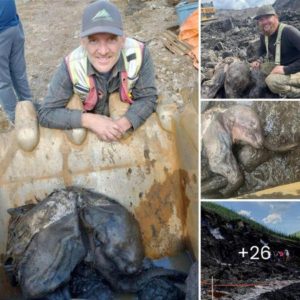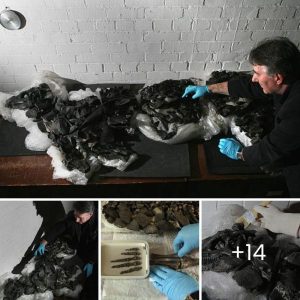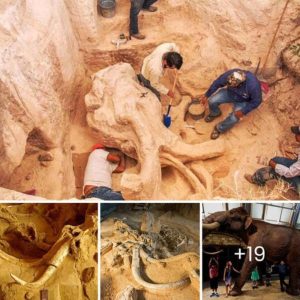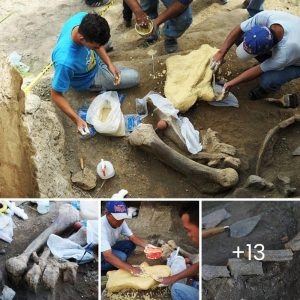Two bat skeletons, estimated to be 52 million years old, were recently discovered in an ancient lake bed in Wyoming, marking the oldest bat fossils ever found.
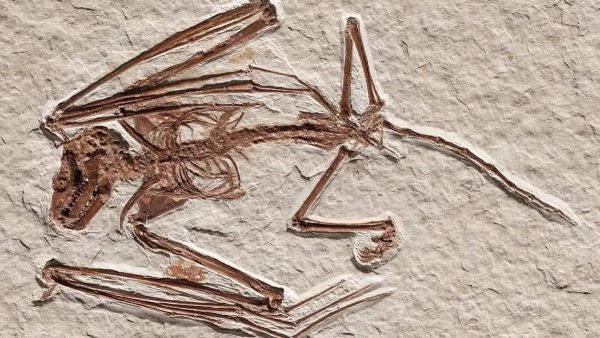
The findings, detailed in a study published in the journal PLOS ONE, introduce a new species and provide valuable insights into the rapid diversification of bats during this period.
Led by researchers from the American Museum of Natural History and the Naturalis Biodiversity Center in the Netherlands, the study challenges previous assumptions about bat fossils from the Green River Formation in Wyoming. Over 30 bat fossils had been unearthed in the region over the past 60 years, previously believed to represent only two species.
The newly identified species, named Icaronycteris gunnelli in honor of paleontologist Gregg Gunnell, offers a unique perspective on the evolution and diversity of bats during the early Eocene.
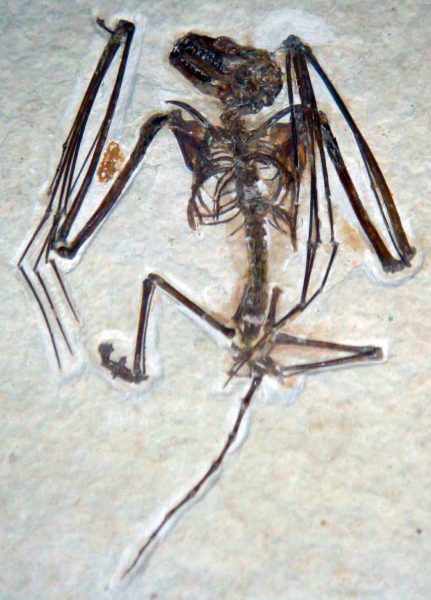
The study co-author, Nancy Simmons, curator-in-charge of the Museum’s Department of Mammalogy, notes that despite earlier classifications, she suspected the presence of additional species.
The research team closely examined the Icaronycteris index initially thought to represent a single species, and discovered a second fossil skeleton in 1994. This second specimen, identified as Icaronycteris gunnelli, diverged from previous classifications and opened avenues for reevaluating other specimens.
The fossils, preserved in the paper-thin limestone layers of the Green River Formation’s Fossil Lake deposits, provide a remarkable opportunity for researchers to study ancient bat specimens. While fossilized bat teeth from Asia are slightly older, the I. gunnelli skeletons are the oldest bat skeletons ever recovered.
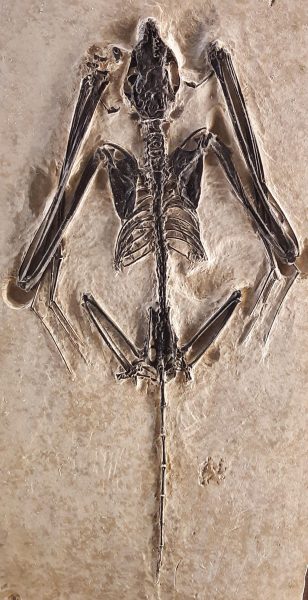
Arvid Aase, park manager and curator at the Fossil Butte National Monument in Wyoming highlighted the significance of the find, emphasizing that one of the specimens was located lower in the section than other bats, making I. gunnel older than any other bat species from the deposit.
The discovery challenges existing notions about bat evolution, suggesting that Green River bats evolved independently from other Eocene bats worldwide.
These ancient bat fossils contribute to a better understanding of the early days of bat evolution, representing a significant step forward in unraveling the mysteries of Earth’s ancient inhabitants.


